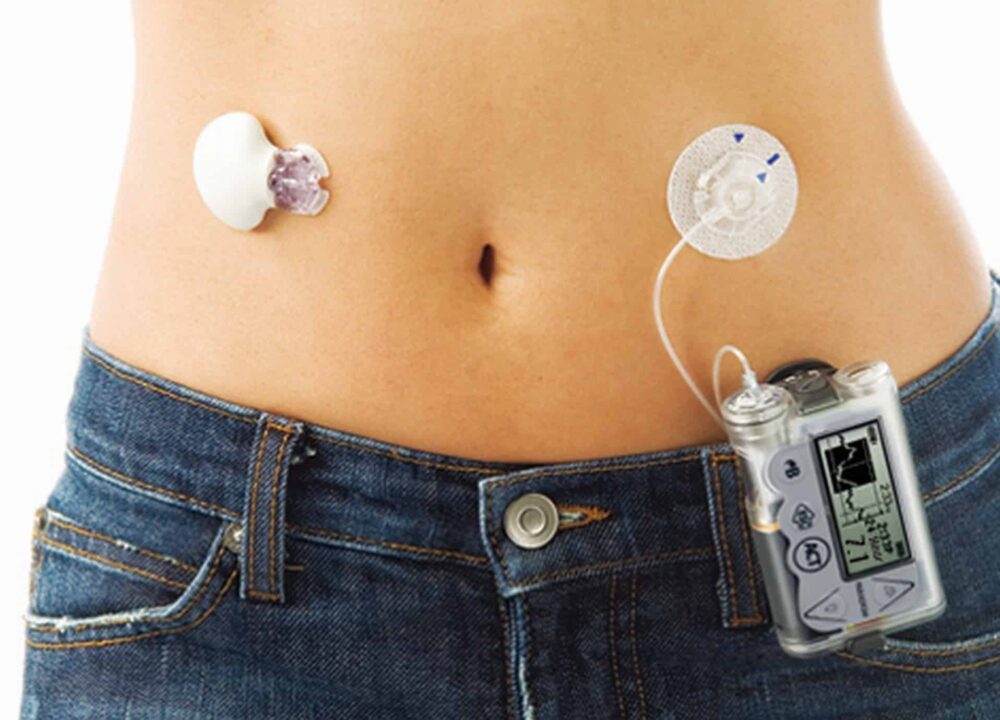Here’s another breakthrough in the world of diabetes research, and this one is about the long-awaited artificial pancreas. Researchers from the Wellcome-MRC Institute of Metabolic Science at the University of Cambridge developed an artificial pancreas system which is a device comprising a continuous glucose monitor (CGM), a program that calculates how much insulin is needed (control algorithm), and an insulin infusion pump.
How does this system work? It acts like the body’s real pancreas. It constantly checks blood sugar levels and releases the needed insulin when blood sugar spikes or gets too high.
Successful trial of the artificial pancreas in type 2 diabetes patients
An artificial pancreas is specifically designed for use in type 1 diabetes patients. However, recent progress in the treatment field allowed the use of this device for type 2 diabetes patients too
The scientists used a device powered by an algorithm developed at the University. The device was able to speed up the time to set the patients’ blood glucose levels on target. Compared to the standard treatment, this latest device halved the time spent to stabilize the blood glucose levels.
How did the device and the trial perform?
The device consisted of an off-the-shelf glucose monitor, an insulin pump, and the CamAPS HX app. The app works similar to any standard treatment that predicts how much insulin is required to help blood sugar levels reach a healthy range.
During the trial, the scientists and researchers alike recruited 26 patients to participate in the study. These patients came from the Wolfson Diabetes and Endocrine Clinic at Addenbrooke’s Hospital in Cambridge. The recruitment also involved a local group of GP surgeries.
They divided the patients into two groups. The first group used the artificial pancreas, and the second group used the conventional treatment. The first group was administered an artificial pancreas for eight weeks. Afterward, they switched to the standard therapy involving multiple insulin shots. The second group took the standard therapy and switched to an artificial pancreas after eight weeks.
In assessing the effectiveness of the artificial pancreas, the team of scientists used several measures. The first measure involved the time patients spent with their blood sugar levels within a target spectrum between 3.9 and 10 millimoles per liter. the first group that used artificial pancreas spent 66% or two-thirds of their time within the target levels, which was double the time (which was 32%) spend by the second group who used the standard treatment.
The second measure studied the time spent on glucose level. The conventional group (group 2) spent 67% of their time with high glucose levels, while the Group 1 spent only 33% of their time on it.
The research found that while taking artificial pancreas, average glucose levels fell from 12.6mmol/L to 9.2mmol/L
During the study, there was no report of patients who experienced dangerously-low blood glucose levels.
In a media release, Dr. Charlotte Boughton from the Wellcome-MRC Institute of Metabolic Science at the University of Cambridge said, “Many people with type 2 diabetes struggle to manage their blood sugar levels using the currently available treatments, such as insulin injections. The artificial pancreas can provide a safe and effective approach to help them, and the technology is simple to use and can be implemented safely at home.”
Dr. Aideen Daly, also from the Wellcome-MRC Institute of Metabolic Science, added, “One of the barriers to widespread use of insulin therapy has been concern over the risk of severe ‘hypos’ — dangerously low blood sugar levels. But we found that no patients on our trial experienced these, and patients spent very little time with blood sugar levels lower than the target levels.”


